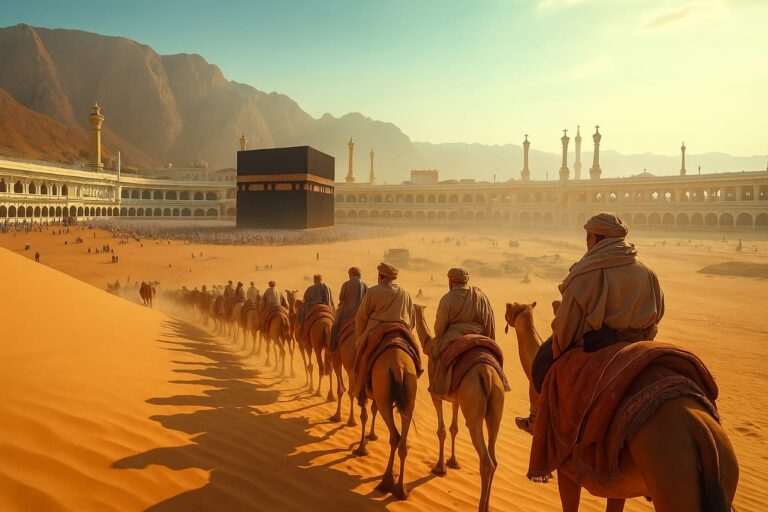As the Islamic year 1446 Hijri comes to a close, it’s a meaningful time for us as Muslims to pause, reflect on what has passed, and renew our intentions for what lies ahead. Yet amidst this spiritual pause, one common confusion often surfaces:
What’s the difference between the Hijri year and the Nabawi year? Though both terms trace back to the lifetime of Prophet Muhammad ﷺ, they mark two different beginnings, each significant in its own right.
How Islam Started Marking Time: From Nabawi to Hijri
The Nabawi year refers to the timeline that began when the Prophet Muhammad ﷺ received the first revelation from Allah through Jibreel عليه السلام at the age of 40. This was the dawn of Prophethood, when the light of Islam began to shine over Makkah.
For the next 13 years, major milestones from the secret da‘wah to the boycott, the Year of Sorrow to Isra and Mi’raj were recorded in relation to this moment. We often read or hear about events like “the 3rd year of Prophethood” or “the 10th Nabawi year,” referencing this sacred era of early Islamic struggle and resilience. While the Nabawi timeline was deeply personal and spiritual, the Hijri calendar came much later and served a different purpose. After the passing of the Prophet ﷺ, during the caliphate of Umar ibn al-Khattab (رضي الله عنه), a need arose for a unified system of dates for administrative and societal matters. The Sahaba discussed various possibilities: the birth of the Prophet ﷺ, the beginning of revelation, the Hijrah (migration), or even his death.
They unanimously chose the Hijrah — the migration from Makkah to Madinah — as the most meaningful starting point. That was the moment Islam moved from persecution to power. It was the start of a new phase: building a community, establishing law and leadership, and restoring dignity and honor. It marked not only a physical movement but a spiritual shift from patient endurance to confident implementation.
Thus, the 14th year of Prophethood became the 1st year of Hijrah, and the Hijri calendar was born.
Why It Still Matters
The Hijri calendar isn’t just a symbolic tool; it shapes our faith practice. Our key acts of worship revolve around it — Ramadan, Hajj, ‘Ashura, fasting of Arafah, the white days, and more. Unlike the solar Gregorian calendar, the Hijri is lunar, reminding us of our connection to the natural rhythms set by Allah, not man-made ones.
At the same time, the Nabawi timeline reminds us of the human, intimate struggles of the Prophet’s ﷺ life — year by year, moment by moment. It keeps us connected not just to rituals, but to the heart of the mission.
Closing 1446H: A Moment to Reflect
As we reach the final days of Dhul Hijjah, it is not just a new year approaching it is an invitation. The Prophet ﷺ taught us that fasting on the 9th of Dhul Hijjah expiates the sins of the past and coming year. It is a time for cleansing, for realigning our hearts and habits, and for making du‘a that the next year brings us closer to Allah and to the path walked by His Messenger ﷺ.


